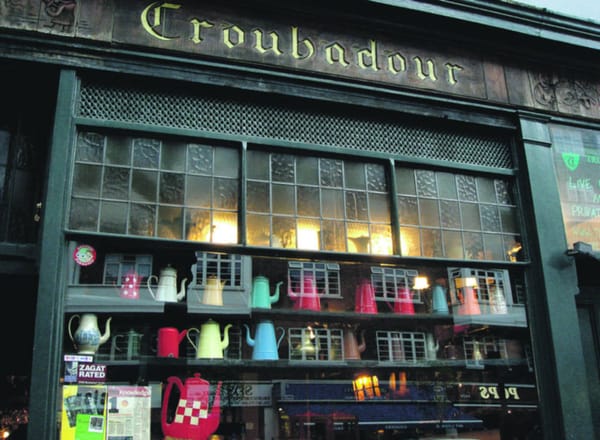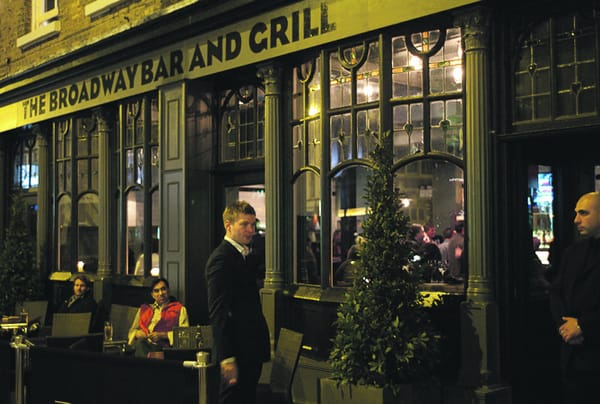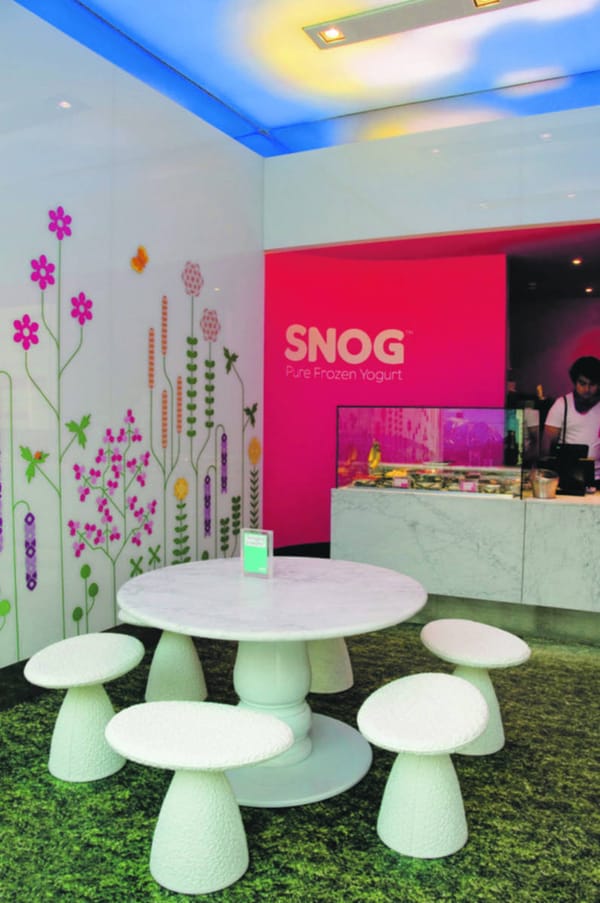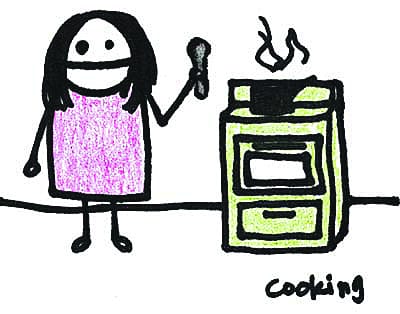Curry at naan o’clock: the real deal about curries
Chicken korma, cobra beer and Slumdog – made in the UK
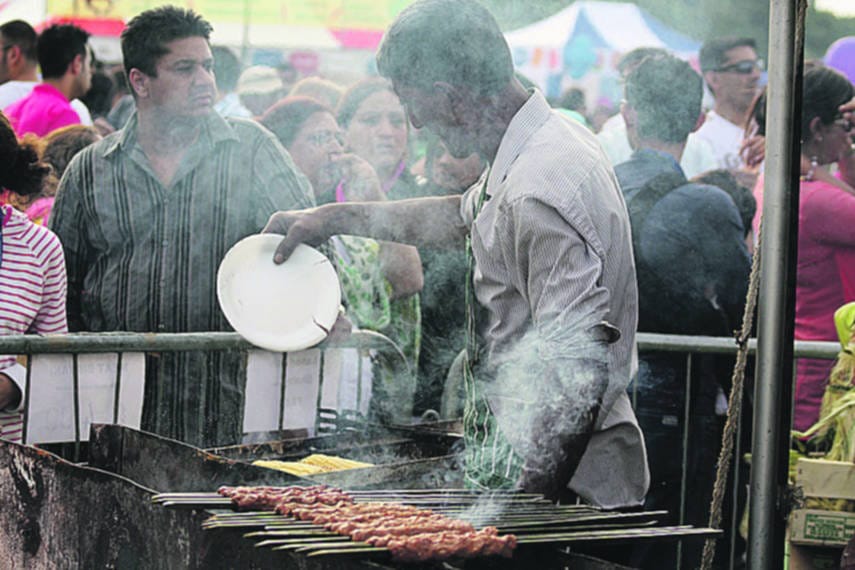
A visit to a typical curry house in England would lead one to believe that understanding curry is pretty straightforward. A choice of three types of meat (chicken, lamb, or prawns) with some vegetables (tomatoes, onions, peas, and sometimes even, oh my God, pineapple), all swimming in the same sauce, often enhanced with food colouring (red or purple) and adjusted for your desired level of spiciness: Korma if you’re a complete chicken, Madras if you’re feeling rather confident in your ability to tolerate chilli, or Vindaloo if you’ve made a drunken bet with your friends. Wash it down with a bottle of Cobra, the authentic Indian beer that no one in India seems to have heard of. (The company is based in the very exotic location of Fulham.)
There’s a difference between spicy and hot. Spicy means flavour, hot means chilli
Before my internship in India three years ago, I thought that’s all there was to curry. Then, while visiting Delhi’s legendary Karim’s restaurant, my friend, Sajid, corrected my mistaken beliefs: “There’s a difference between spicy and hot. Spicy means flavour, hot means chilli,” he explained. Sure, the Indians do love their chilli with just about everything. After months of encountering the fiery ingredient in seemingly safe foods like pizza, sandwiches and burgers, I eventually managed to get past the overwhelming sensation of burning and learnt to appreciate the subtle underlying differences in taste brought on by the myriad of different spices used on the Indian subcontinent: turmeric, cumin, fenugreek, coriander, mustard seeds, cardamom, cloves, cinnamon, pepper, fennel, asafoetida, mango powder, white poppy seeds, star anise and more. I finally understood the difference between spicy and hot.
Thanks to Anjum Anand, celebrity chef of BBC’s Indian Food Made Easy, I also learnt that it’s perfectly possible to eat a flavour-packed vindaloo which doesn’t burn your guts. In fact, she claims the recipe for vindaloo can be traced back to Portuguese sailors, who used vinegar, ginger and garlic to preserve their pork during long sea journeys between their native land and Goa, their former colony in India. And, surprise-surprise, it was also the Portuguese who introduced chilli to India.
Now, how do you find the real curry in London? Indian cuisine varies vastly from state to state, so search for places that serve cuisine from just one region, because those are the ones with chefs who stick to what their mothers taught them. (And, as we all know, mamma knows best.) Seeing both tandoori grill (typical of Northern India) and coconut-based curries (typical for the South) on the same menu is typically a sign that you are about to be served an anglicized hodgepodge of food colouring and ready-made Patak’s sauces from the local cash & carry of Southhall.


